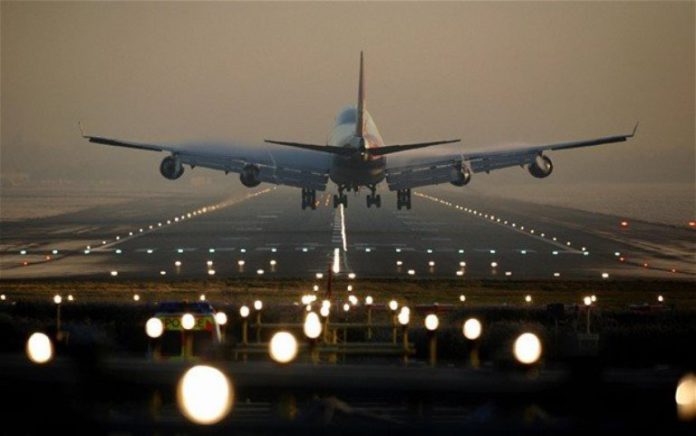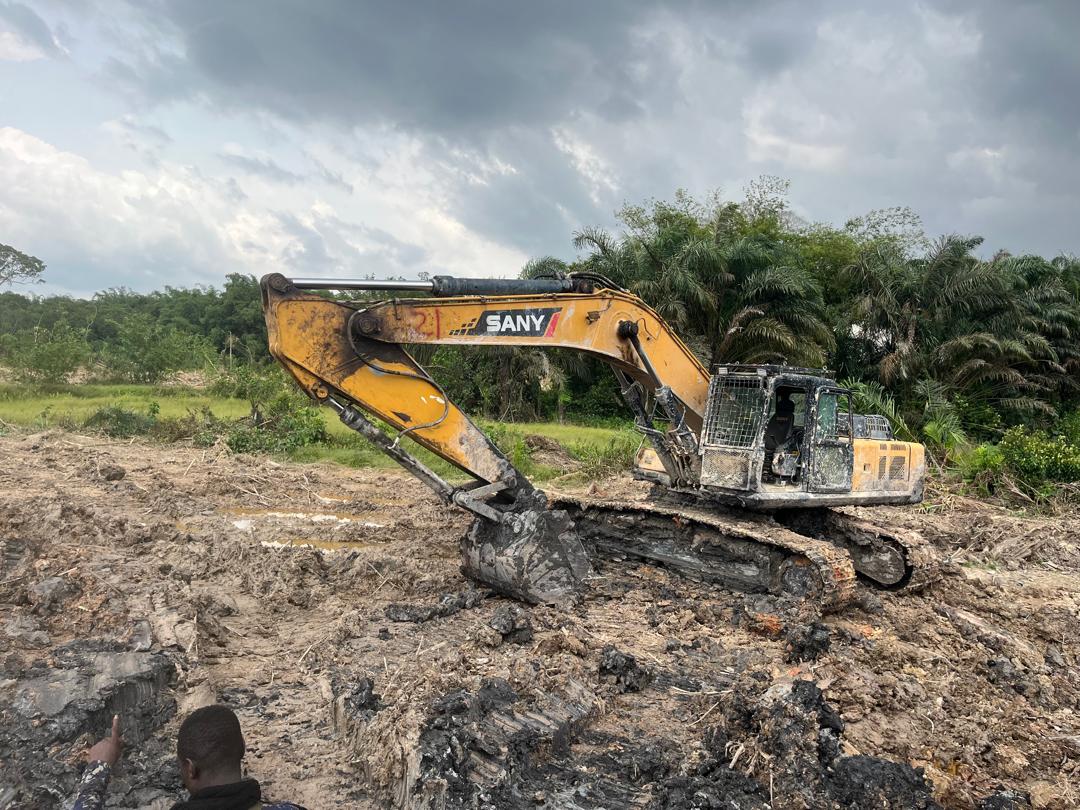Aviation Disasters Expose Widespread Systemic Safety Failures

By: Nana Karikari, Senior Global Affairs Correspondent
A cascade of deadly aviation incidents has recently gripped the world, eroding public confidence and exposing systemic vulnerabilities that span continents and cultures. From a military helicopter crash in Ghana to commercial disasters in India and the United States, these events are not isolated tragedies. They reveal a shared global crisis in aviation safety, accountability, and a critical need for reform. These disasters have a common thread: inadequate infrastructure, human error, and a troubling lack of transparency. The time for serious reckoning is now.
Grieving Families Grapple With Aftermath
The numbers and technical details of a crash are only half the story; the true impact is measured in the lives of the victims and the profound, lasting trauma inflicted on their families and friends. For loved ones, the aftermath is a brutal combination of shock, grief, and a desperate search for answers. The sudden and violent nature of these deaths, often leaving remains that are difficult to identify, creates an especially agonizing journey.
This pain is compounded when there are failures in the recovery process, as seen with the Air India tragedy, where some families were reportedly sent the wrong remains, causing a “double psychological trauma.” This psychological fallout is often long-lasting, with family members experiencing symptoms of Post-Traumatic Stress Disorder (PTSD) and prolonged, complex grief that is unique to sudden, violent loss.
Families are often left to navigate a complex labyrinth of investigators, legal proceedings, and public scrutiny, all while grieving. Their quest for accountability is not just about justice, but about honoring the memory of those lost and ensuring that no one else has to endure the same heartbreak. These families become unwilling advocates, their voices a powerful and necessary force demanding institutional change.
The Philadelphia Learjet crash, for instance, took the lives of all six people aboard, including a mother and her daughter who were on a medical transport flight back home after the child had received four months of treatment. The personal devastation of these losses, and the hope that was extinguished in an instant, highlights the immense weight of each individual tragedy.
As one grieving relative of a flight crew member from the Air India crash was heard saying in a widely circulated video, “My child, where have you gone? Please bring my phone, I need to see her photos. I am going crazy.” This raw cry of pain underscores the profound personal impact that statistics can never fully convey.
Systemic Failures Undermine Air Safety
These tragedies expose critical flaws in regulatory oversight and institutional culture. In the wake of the Philadelphia Learjet 55 crash, a medical transport flight that crashed shortly after takeoff, investigators from the National Transportation Safety Board (NTSB) recovered the cockpit voice recorder only to discover it had “likely not been recording audio for several years.” This shocking failure in basic maintenance and oversight highlights a dangerous lack of accountability.
According to a former NTSB investigator, the failure of a cockpit voice recorder to function is a clear violation of FAA regulations for foreign air carriers, making the already difficult task of understanding the crash’s cause even more challenging.
In the United States, the Federal Aviation Administration (FAA) has been criticized for its bureaucratic processes; one expert observed that the agency is “so bureaucratic that nobody can take what is clearly a safety issue and get it up through the offices that should be making the decisions.”
This bureaucratic bottleneck is not just a theoretical problem; a recent report from the National Academies of Sciences, Engineering, and Medicine found that from 2013 to 2023, the FAA hired only two-thirds of the air traffic controllers needed, resulting in nearly a third of all air traffic facilities falling below minimum staffing standards by 2024. This systemic under-staffing increases the risk of controller fatigue and reduces crucial safety margins.
While the FAA has since released an updated plan to “supercharge” hiring and address the staffing shortfall. The National Air Traffic Controllers Association (NATCA) has publicly stated that the new plan is based on a failed model and that the agency remains approximately 3,800 controllers short of its needs. This disagreement between the regulator and the front-line workers highlights a persistent and deeply rooted systemic issue.
Lack of Transparency Plagues Crash Investigations
The ongoing investigation into the Air India Dreamliner crash provides a stark example of the struggle for transparency. While the preliminary report indicated that the fuel cutoff switches were transitioned to the ‘cutoff’ position “one after another with a time gap of 01 second” after takeoff. The cockpit voice recording revealed a chilling exchange. One pilot asked, “Why did you cut off?” to which the other responded, “I didn’t do so.”
The unresolved mystery of how the switches were moved has led to intense speculation, including unsupported claims of pilot error. However, as a former Dreamliner pilot and Wing Commander, Sharath Panicker, explained, it is “almost impossible” to manually move both switches in such a short timeframe, suggesting the possibility of a design flaw or automation failure. This conflicting information and the lack of a definitive explanation have left families and the public with more questions than answers, fueling distrust in the investigation process and highlighting the urgent need for a transparent, fact-based inquiry that does not rush to conclusions.
The Airline Pilots’ Association of India (ALPA) has formally voiced concerns about a perceived “bias toward pilot error” in the preliminary report and a lack of transparency, especially given that some details were leaked to international media before the official report was released. This situation highlights how a lack of clear communication and the slow pace of a thorough investigation can lead to competing narratives—with some Western outlets focusing on a pilot suicide theory and Indian media leaning more towards a technical failure—further deepening the public’s mistrust in the official process.
Ghana Military Helicopter Crash Exposes Forensic Gaps

The recent military helicopter crash in Ghana provides a stark, localized example of these global challenges. The investigation, immediately launched by the Ghana Armed Forces, is a critical first step. However, the initial response at the crash site highlighted significant logistical difficulties. Due to the violent nature of the crash and the post-impact fire, the remains of the eight victims, including the nation’s defense and environment ministers, were tragically burnt beyond recognition.
This devastating condition necessitated a complex and painful process for families, as the bodies had to be flown to South Africa for advanced forensic analysis and positive identification. This logistical necessity caused a delay in final burial rites, a poignant reminder of the technical and emotional hurdles faced in the aftermath of such a tragedy. The need to seek foreign assistance for this critical task underscores a broader issue within the region: the lack of advanced forensic infrastructure for mass casualty incidents.
Government Seeks External Expertise for Independent Probe
In a new development, the government has officially invited U.S. forensic experts to assist in the ongoing investigation. This move is a direct response to a directive from President John Dramani Mahama, who has vowed to “leave no stone unturned to determine the exact cause of the tragic incident.”
The decision to bring in foreign expertise reflects the gravity of the incident and the government’s determination to prevent future tragedies.
Speaking to the press, Foreign Affairs Minister Samuel Okudzeto Ablakwa confirmed the request, stating, “We think that it is important to bring in independent experts to ensure that the outcome of the investigations will be acceptable to all, so that there will also be confidence in the process.” He emphasized that the goal is to conduct the investigation “in a manner that will be at par with best practice, the international gold standard.”
This new layer of a transparent, independent probe aims to build public trust and provide definitive answers about the August 6 crash, which claimed the lives of key national leaders on their way to launch a community mining scheme aimed at combating illegal mining, locally known as ‘galamsey’. The late ministers, Defence Minister Edward Omane Boamah and Environment Minister Ibrahim Murtala Muhammed, were at the forefront of this campaign.
The gravity of the loss was summed up by Ghanaian President John Mahama, who, in a televised address, stated, “Our nation is grieving. On behalf of the government and the people of Ghana, I extend my deepest condolences to their families, friends, and loved ones… This is not a time for division, speculation, or political point-scoring. It is a time for strength, for empathy, and for the enduring Ghanaian spirit.”
This tragic event is a powerful and somber call for enhanced regional capabilities in crash investigation and victim identification, ensuring dignity and timely closure for grieving families.
A Shared Responsibility: The Imperative for Change
In the quiet moments after the headlines fade, the broken pieces of these aircraft serve as a somber monument to a broken system. The tears of families in Accra, the frustration of investigators in Philadelphia, and the unanswered questions of the public in Mumbai are all part of a single, global narrative.
This is not just a story of faulty equipment or procedural lapses; it is a profound testament to the ultimate cost of institutional failure. True reform cannot be reactive; it must be a proactive, global commitment to prioritize human life over political convenience and bureaucratic inertia. It demands an unwavering dedication to transparency, a serious investment in infrastructure, and a collective promise to the grieving families that their loved ones did not die in vain.




